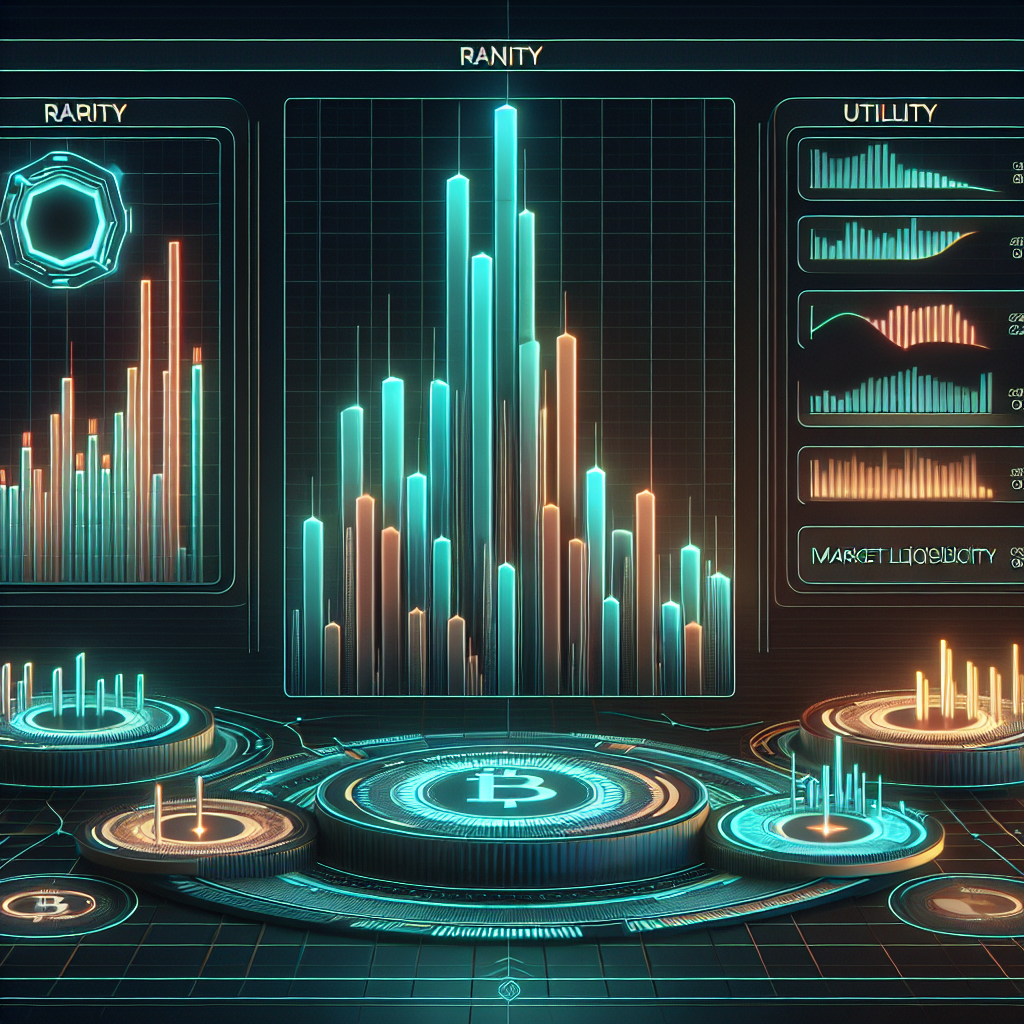Assessing NFT Value: Rarity Traits, Utility Metrics, and Market Liquidity Analysis

Introduction: Why Assessing NFT Value Matters
The explosive growth of non-fungible tokens (NFTs) has attracted collectors, investors, and brands, but it has also created confusion around how to price these digital assets. Accurately assessing NFT value is crucial for avoiding overpayment, identifying hidden gems, and managing portfolio risk. This guide dissects three core pillars of NFT valuation—rarity traits, utility metrics, and market liquidity analysis—to help you build a holistic framework that stands up in a rapidly evolving market.
Rarity Traits: The Foundation of Perceived Scarcity
Rarity remains the most visible driver of NFT price action, especially in profile-picture (PFP) collections. When supply is fixed, buyers naturally gravitate toward items with unique or scarce attributes. Understanding how rarity is calculated can give you a competitive edge in secondary markets and mint events.
On-Chain vs. Off-Chain Attributes
Rarity traits can reside directly on the blockchain (on-chain) or in external metadata (off-chain). On-chain traits have stronger provenance because they cannot be altered without triggering a new transaction, which tends to support higher valuations. Off-chain traits rely on centralized storage and should be scrutinized for permanence and authenticity before factoring into price.
Trait Frequency and Weighted Scoring
Most rarity platforms rank NFTs by calculating the inverse frequency of each trait and then summing or multiplying those values. A trait that appears in only 1% of a collection will statistically be 100 times rarer than a trait found in every token. Some collections apply weighted scoring, where premium traits like 1/1 backgrounds or legendary animations are manually assigned higher points to reflect community demand.
Tools for Rarity Analysis
- Rarity Sniper: Popular for real-time rarity ranks right after mint.
- Trait Sniper: Adds a profitability calculator and chrome extension for quick flips.
- Nansen NFT Paradise: Integrates wallet analytics to highlight where smart money is parking capital.
Using multiple tools can prevent overpaying for tokens with artificially inflated ranks or wash-traded sales history.
Utility Metrics: Beyond Collectibility
As the NFT market matures, rarity alone is rarely sufficient for sustaining long-term value. Utility—defined as the tangible or intangible benefits an NFT grants its holder—has become a critical valuation layer. Below are three major utility categories to evaluate.
Functional Utility
Functional utility provides direct in-app or in-game advantages. For example, a metaverse land parcel that offers staking multipliers or early access to new features clearly drives demand beyond aesthetics. Check a project’s technical roadmap, smart-contract code, and developer track record to gauge the likelihood of promised utilities being delivered.
Social Utility
Exclusive community access remains one of the leading forms of NFT utility. Holder-only Discord channels, IRL events, merchandise drops, and collaborations can all bolster social capital. Measuring social utility involves analyzing engagement ratios across Twitter, Discord, and Telegram, plus tracking how often influencers mention the project organically.
Governance and Yield
Many NFTs double as governance tokens, allowing holders to vote on treasury spending or protocol upgrades. Others generate yield through revenue sharing or staking. Scrutinize tokenomics: look for transparent distribution models, sustainable emission schedules, and on-chain proof of revenue rather than vague promises.
Market Liquidity Analysis: The Final Check
Even the rarest, most utility-packed NFT can collapse in price if liquidity evaporates. Liquidity analysis reveals how quickly you can enter or exit a position without moving the market excessively. Three indicators matter most.
Floor Price vs. Listing Depth
The floor price represents the lowest ask in a collection, but it can be misleading if only one or two tokens are listed near that price. Examine listing depth to see how many tokens are available within, say, 10% of the floor. A thin order book signals vulnerability to price manipulation.
Volume and Velocity
High daily trading volume relative to collection size often indicates healthy liquidity. Velocity—the rate at which unique wallets trade the NFT—adds another layer. Tracking both metrics over 30, 60, and 90 days can highlight whether demand is consistent or spiky.
Holder Distribution
Wallet-level concentration matters. A collection where the top five wallets hold 40% of supply is at greater risk of sudden floor dumps than one with decentralized ownership. Tools like Dune Analytics or Etherscan token holder charts can uncover these dynamics.
Integrating Rarity, Utility, and Liquidity Into a Valuation Model
After gathering data, assign weightings to each pillar based on your investment thesis. A conservative model might allocate 40% to liquidity, 35% to utility, and 25% to rarity. A speculative collector chasing grails could invert those numbers. Score each NFT on a 1–10 scale per pillar, then multiply by the weighting to obtain an overall valuation score. Compare the score with current listing prices to identify under- or over-valued tokens.
Risk Factors and Red Flags
Even well-researched models can be undermined by overlooked risks:
- Smart-contract exploits that freeze trading or siphon royalties.
- Rug-pull behavior such as founders abandoning social channels.
- Excessive token supply expansion via derivative collections.
- High royalty fees that deter secondary-market trading.
- Legal uncertainties around securities classification or intellectual property rights.
Factor these risks into your discount rate or maximum bid to avoid catastrophic loss.
Conclusion: Building a Holistic Valuation Framework
Assessing NFT value is part art, part science. Rarity traits establish a baseline of perceived scarcity, utility metrics reveal ongoing benefit, and market liquidity protects you from being trapped in illiquid positions. By systematically measuring each pillar, weighting them according to your strategy, and monitoring red flags, you can navigate the NFT landscape with greater confidence and profitability. As the industry evolves, so too should your valuation framework—remaining flexible and data-driven is the ultimate edge.